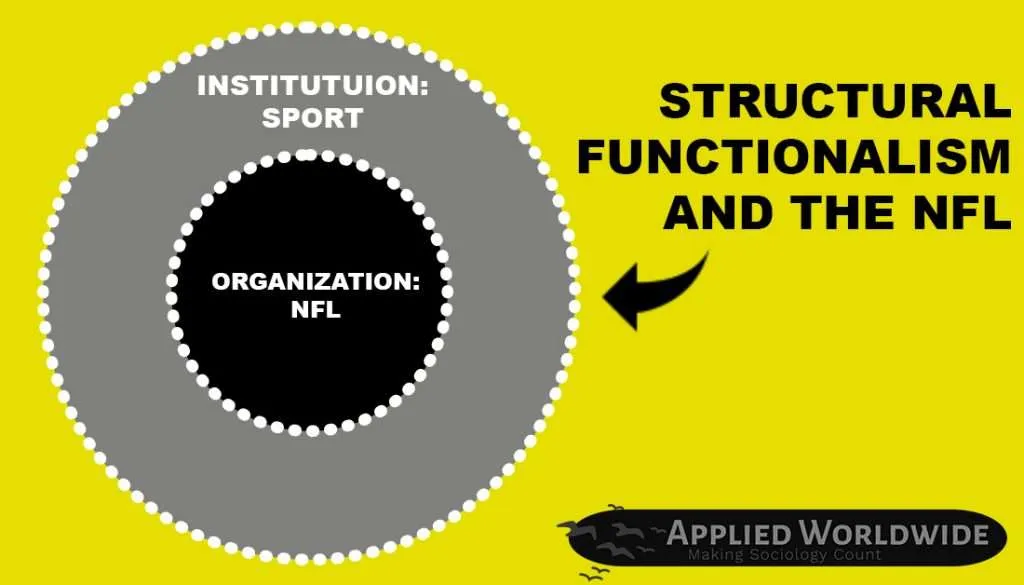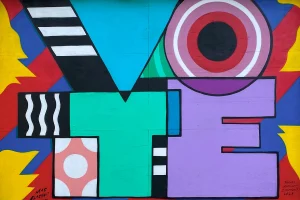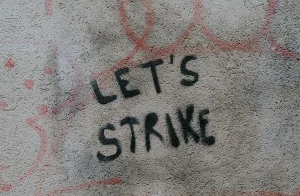Conflict Theory and Structural Functionalism Applied the National Football League
Super Bowl LIV took place the weekend after I had been teaching “structural theories” in an Introduction to Sociology course. So, I decided to compare elements of structural functionalism and conflict theory in this analysis of sociology of the National Football League. As a post Super Bowl exercise, here are some of my observations of the NFL, and American football more generally, from both a structural functionalist and conflict theory perspective.
Sociology of the National Football League: Structural Functionalism
Like any organization, the NFL must adapt to social change. The reason the NFL must adapt is because it is a single organization along with others that constitute a system within the institution of sport. If the organizations within this system do not adapt, then evolution will replace sport with another past-time to fill its role. The institution of sport plays a variety of roles in society.
From an early age sports teach people values such as responsibility, discipline, and teamwork. Sports often keep teenagers busy after school for a few hours when working parents may still be occupied with jobs. Sports provide adults a sense of community, and in some cases sports can serve a rite-of-passage role, particularly for boys transitioning to manhood. While it serves each of these roles, if people stop participating in sports for any reason, the institution of sport can be replaced by another organized activity. Hence, organizations such as the NFL are constantly adapting in order to maintain their roles within the institution.

Organizations such as the NFL are adapting to a variety of social factors. Organizations may adapt to emulate other similar organizations through a sociological process known as organizational isomorphism. For example, the NFL makes a change because the MLB successfully made a similar change. Organizations may also adapt based on changes in other institutions. Here are a couple examples:
Institution of Medicine
If you watch video footage of early American football, one of the most notable changes is the helmet. In 1949 the NFL transitioned from leather helmets to plastic headwear and safety equipment has continued to evolve. This evolution and constant change is a result of regular advancements made in the institution of medicine. Medical professionals produce new knowledge based on new methods of data collection and analysis, which provides more accurate information on player safety. Therefore, if the NFL wants to continue to attract participants, they must create a safe-enough game that players are willing to play.
Institution of Media
One of the most controversial public discussions involving the NFL over the past several years has been the integration of social justice in the sport. League managers have had to address the public in regards to issues such as domestic violence and racial inequality and team owners have implemented internal rules on how players can draw attention to social issues.
From this theoretical perspective, these changes are not occurring because of the efforts of one player (Colin Kaepernick) but rather as a result of changes to media technology and tactics that allow for the amplification of marginalized voices. So, if the NFL wants to remain relevant, it must create a game that does not appear to perpetuate inequality.
Sociology of the National Football League: Conflict Theory
Money runs sports! The NFL is a corporation run by billionaires. Millions of people consume football and see little return on their investment. Having a team may provide the community with economic and social value, but the ownership can remove the team from the city regardless of consequence, depending on their own financial interests.
Exploitation
Gender exploitation may not seem the most significant issue in American football but it is a common theme amongst sports, and an important conversation. In professional football, dancers and cheerleaders, whom are primarily women, are paid minimum wage, if that, for their talent and labor.
Women announcers are few and far between, and those that do exist are often sideline reporters forced to endure a variety of weather conditions and asked to report on hurried sideline responses from players and coaches. The overall point is that women consume and contribute to American football, but see disproportionately less benefit from their investment.

Players, as well, face exploitation. A vast majority of players, even retired legends, do not have ownership stake in the the NFL. Thus, players are offering only their own labor value. This form of exploitation comes with a great deal of health and financial risk for players. Players face the risk of life-long health problems. And with all of their investment in football, some players are not prepared for post-football life despite being in an occupation where retirement comes at an unusually early age.
False Consciousness
The competitive nature of sports naturally pits teams against one another. Fans, coaches, and players often cite historical rivalries when they discuss the significance of winning a game or a championship. These rivalries are a mechanism of control put in place to ensure that players and fans continue to support an organization that is profiting at the expense of fans’ financial investments and players’ health.
Hierarchical contracts further place individuals against one another. Contract negotiations are a way for the bourgeois ownership to divert attention away from the fact that regardless of whether or not a player makes $250,000 or $20,000,000 per year, the owners are still earning a majority of the profits. In either case, the idea is to provide players and fans with an alternative form of competition, so they do not challenge the hierarchical ownership structure.
Final Thoughts on the Sociology of the National Football League
What makes sociological theory so interesting is that it can be applied in a variety of contexts. We could easily replace the NFL with another organization within another institution (e.g., Goldman Sachs within our economic institution) and still be able to apply these same theoretical ideas to that organization. The NFL in particular is an organization with a lot of influence on American culture, and being able to apply sociological theory to it is a useful exercise for anyone—sociologist or not!







